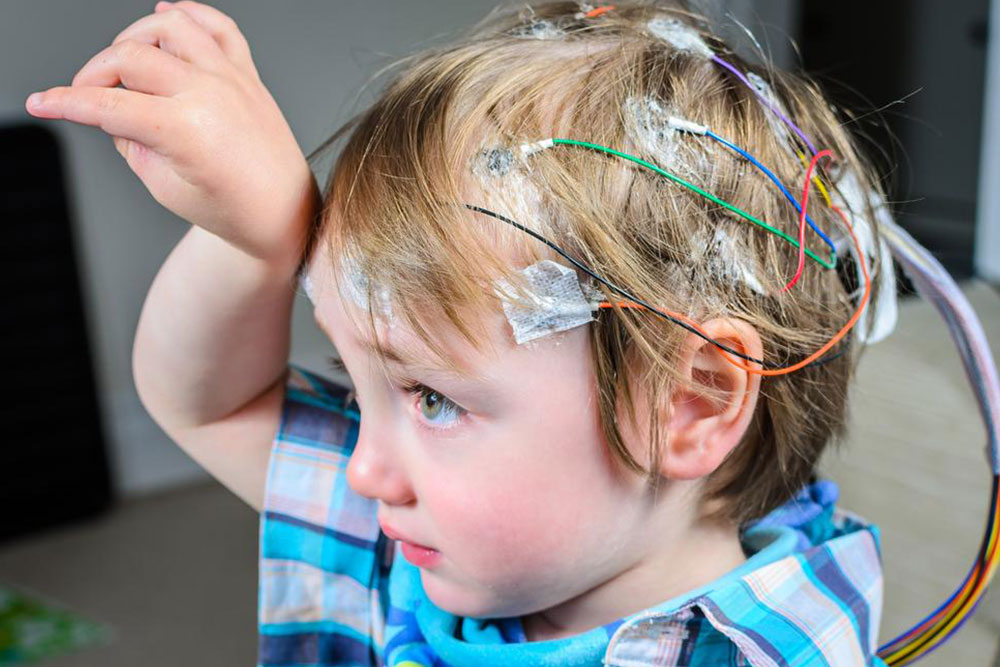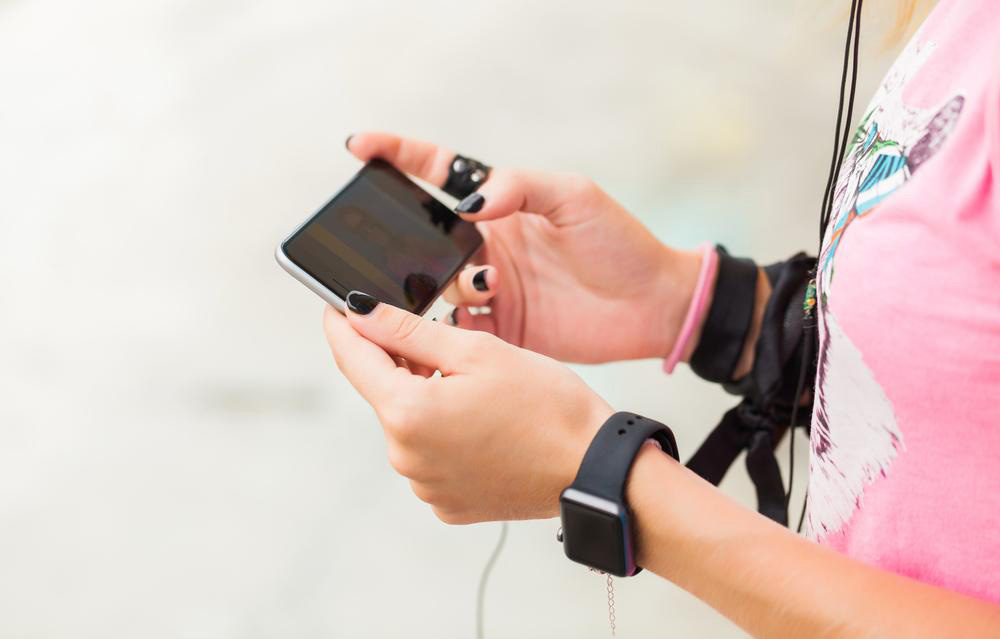Comprehensive Guide on How to Properly Assist Someone During a Seizure
This comprehensive guide offers essential tips for helping someone during a seizure. It emphasizes maintaining calm, creating a safe environment, and providing support without restraining. Knowing how to respond properly can significantly reduce injury and distress for the affected individual while ensuring their safety. The article underscores the importance of quick response, proper precautions, and emotional reassurance, making it an invaluable resource for caregivers, family members, and bystanders. Equip yourself with vital knowledge to handle seizures confidently and compassionately.

Comprehensive Guide on How to Properly Assist Someone During a Seizure
Seizures are a common symptom experienced by individuals with epilepsy, a neurological disorder affecting millions worldwide. These sudden and uncontrollable electrical disturbances in the brain can lead to convulsions, loss of consciousness, or other abnormal behaviors. While witnessing a seizure can be distressing, knowing the correct steps to assist can make a significant difference in the safety and comfort of the affected person. Proper first aid not only prevents injuries but also provides reassurance in a vulnerable moment.
Stay Calm and Collected – Maintaining composure is essential when helping someone during a seizure. It’s natural to feel alarmed or fearful; however, panic can impair your judgment and may inadvertently cause harm. Keep a steady, calm demeanor to provide the person with reassurance and effective support. Remember, most seizures are transient and resolve on their own without medical intervention.
Observe and Record the Duration – Keep track of how long the seizure lasts. This information is vital for medical professionals to determine the severity and appropriate treatment. If the seizure extends beyond 5 minutes, or if multiple seizures occur without recovery in between, call emergency services immediately. Prompt medical attention can be life-saving in prolonged or complex cases.
Create a Safe Environment – Carefully remove any objects or furniture nearby that could cause injury during convulsions. Clear the area to establish a safe space, especially for the individual on the ground. If possible, gently guide them away from sharp or hard surfaces without restraining their movements. Removing clutter reduces the risk of cuts, bruises, or head injuries during the seizure.
Do Not Attempt to Restrain or Put Objects in Mouth – A common misconception is that inserting objects into the mouth can prevent the person from biting their tongue. In reality, this is dangerous and unnecessary. Do not try to open their mouth or place anything between their teeth. Restraining can cause fractures or other injuries, and placing objects inside the mouth can lead to choking or oral harm.
Protect and Support the Person Safely – Gently support the individual to prevent falling or hitting nearby objects, but avoid restricting their movements. Guide them to a lying position if possible, preferably on their side to maintain an open airway and prevent choking. Cushion their head with a soft item if available. Ensure their head is protected but do not hold them down or restrict their natural movements.
Loosen Tight Clothing for Comfort – Loosen any clothing around the neck or waist that might restrict breathing. This includes ties, collars, or belts. Proper airflow can facilitate easier breathing during the post-seizure recovery phase. Once the convulsions subside, help them sit or lie down comfortably in a safe spot and remain with them until they are fully alert and oriented.
Provide Reassurance and Emotional Support – After the seizure ends, the person may feel confused, disoriented, or embarrassed. Speak in a calm and reassuring manner, offering comfort and reassurance. Stay with them until they are fully conscious and able to communicate clearly. If they are disoriented or unresponsive, seek medical help as soon as possible.
Understanding how to respond during a seizure can greatly reduce the risk of injury and anxiety for the individual involved. Education and awareness are crucial components in managing epilepsy and ensuring safety for those affected. Regularly learning and practicing seizure first aid can empower bystanders to act confidently, providing vital support during emergencies. Remember, the main goal is to protect the person from harm, keep them as comfortable as possible, and seek medical help if necessary.
When it comes to epilepsy, knowledge truly is power. Whether you are a caregiver, family member, or just a concerned bystander, knowing these essential guidelines can help you respond effectively. Proper seizure first aid is a simple yet critical skill that can make a real difference in someone’s life during a medical crisis. Educating yourself and others about seizure management is an important step in fostering a safer, more informed community that supports individuals with epilepsy through understanding and effective action.





